The mobile wallet market in the US is characterized by intense competition and rapid innovation, driven by the increasing adoption of digital payment solutions. Key players such as Apple (US), Google (US), and PayPal (US) are at the forefront, each employing distinct strategies to enhance their market presence. Apple (US) focuses on integrating its mobile wallet with its broader ecosystem, emphasizing user experience and security. Google (US), on the other hand, leverages its extensive data analytics capabilities to personalize offerings, while PayPal (US) aims to expand its user base through strategic partnerships and acquisitions. Collectively, these strategies contribute to a dynamic competitive environment, where innovation and user engagement are paramount.
The business tactics employed by these companies reflect a moderately fragmented market structure, with a mix of established players and emerging challengers. Localizing services and optimizing supply chains are common tactics, allowing companies to respond swiftly to consumer demands. The influence of major players is significant, as they set industry standards and drive technological advancements, thereby shaping the overall market landscape.
In October 2025, Apple (US) announced the launch of a new feature within its mobile wallet that allows users to manage subscriptions directly, enhancing user engagement and retention. This strategic move is likely to solidify Apple's position in the market by providing added value to its users, thereby increasing the frequency of wallet usage. Furthermore, this feature aligns with the growing trend of consumers seeking more control over their financial commitments.
In September 2025, Google (US) unveiled a partnership with several major retailers to integrate its mobile wallet with loyalty programs, enabling users to earn rewards seamlessly. This initiative not only enhances the user experience but also positions Google (US) as a leader in the loyalty space, potentially increasing transaction volumes through its platform. The strategic importance of this partnership lies in its ability to attract new users while retaining existing ones, thereby fostering a more robust ecosystem.
In August 2025, PayPal (US) expanded its services by acquiring a fintech startup specializing in blockchain technology. This acquisition is indicative of PayPal's commitment to innovation and its desire to enhance security and transaction speed within its mobile wallet. By integrating blockchain capabilities, PayPal (US) may improve its competitive edge, appealing to a tech-savvy consumer base that values security and efficiency.
As of November 2025, the competitive trends in the mobile wallet market are increasingly defined by digitalization, sustainability, and the integration of artificial intelligence. Strategic alliances are becoming more prevalent, as companies recognize the value of collaboration in enhancing service offerings and expanding market reach. Looking ahead, competitive differentiation is likely to evolve from traditional price-based strategies to a focus on innovation, technological advancements, and supply chain reliability. This shift underscores the importance of adaptability and forward-thinking in maintaining a competitive advantage in a rapidly changing landscape.


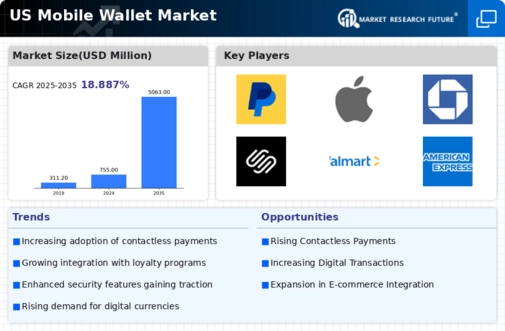
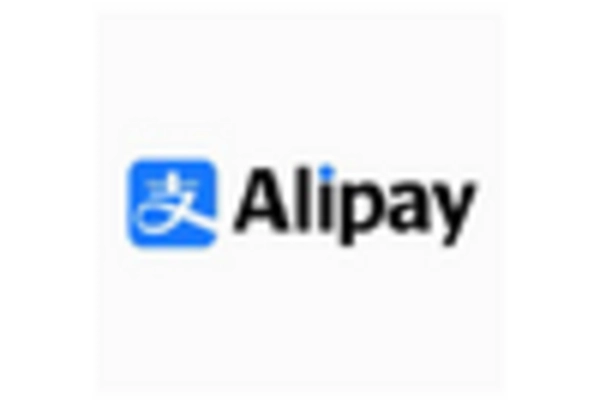
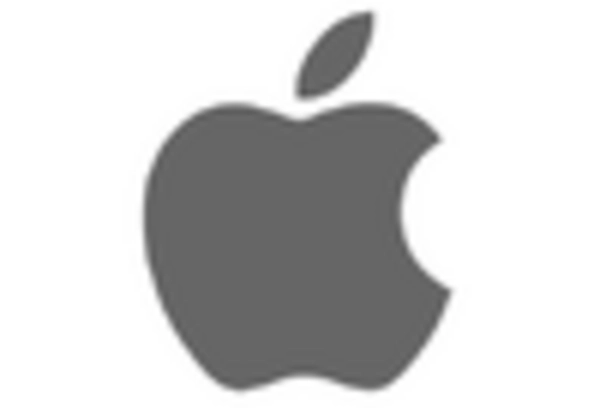

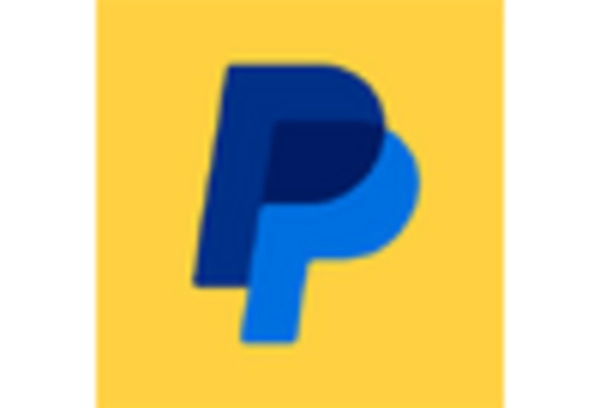
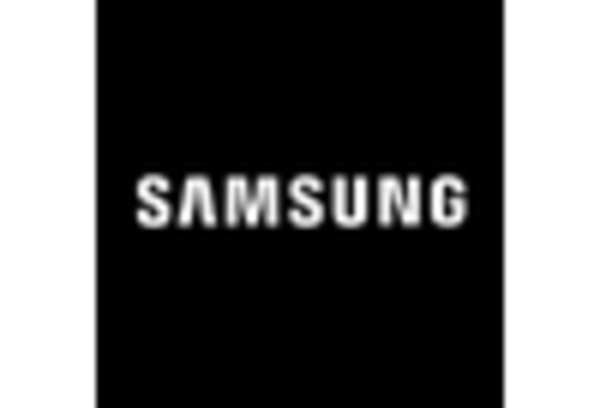
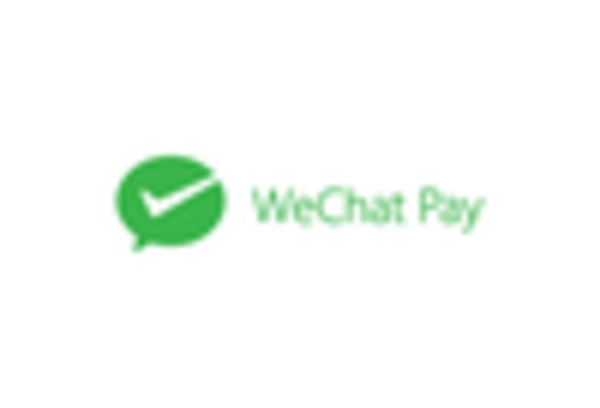








Leave a Comment